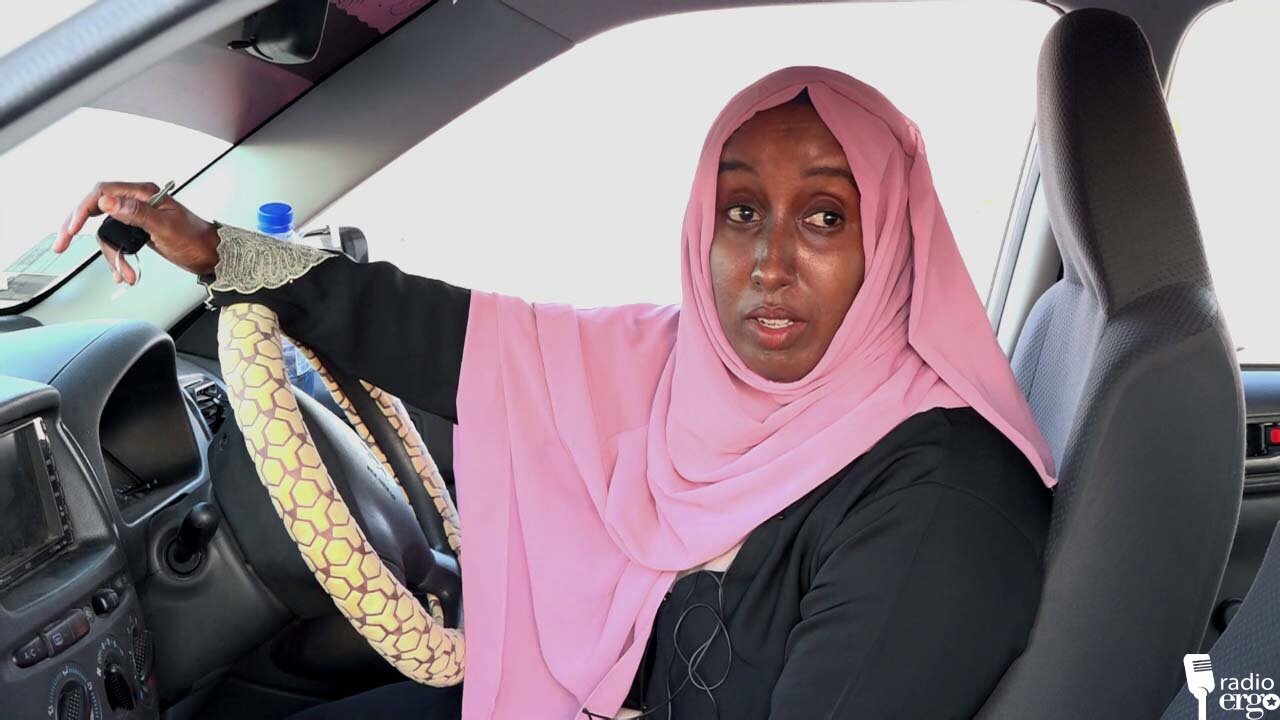A joint development initiative on the part of the University of Namibia and Finland’s University of Turku, which funded the project at an undisclosed, but estimated, approximate cost of around 3.2 Namibian dollars (~USD212,000), the plant is able to produce 3,000 liters of potable freshwater per hour with zero in the way of operational or energy costs and without the need for batteries. In addition to salt, the system removes bacteria, chemicals, viruses and other impurities and not only from seawater, but practically any source of water. Enough to meet the daily water needs of some 1,000 in one hour, the clean freshwater produced by Solar Water Solutions’ desalination plant will be used primarily for irrigation, but also for drinking purposes, Pohjola said.





